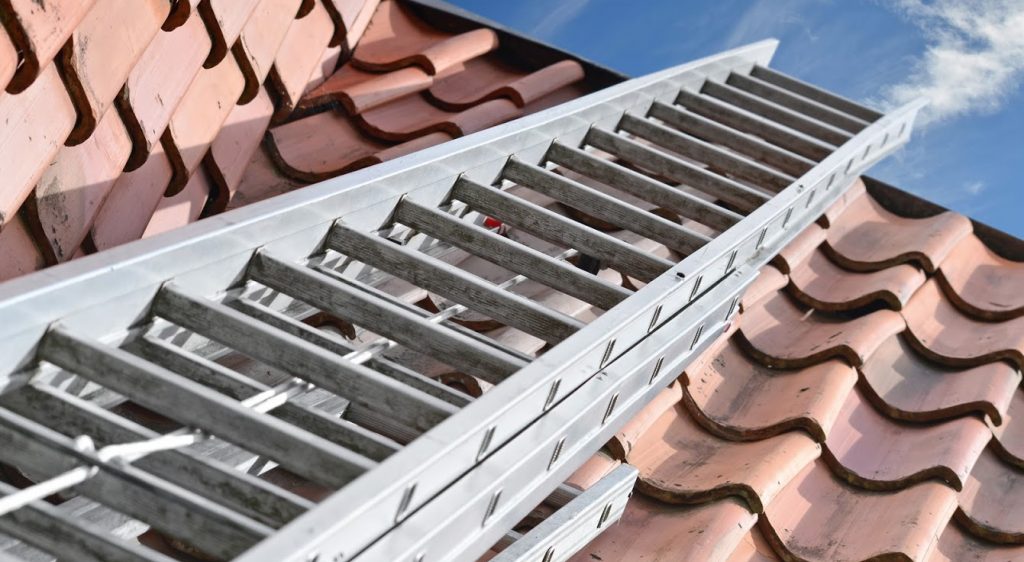How Your Landscaping Practices Could Affect Your Roof’s Longevity
Landscaping around your home can be fun — but also challenging. As you try to find the right blend of plants, trees and hardscapes, you will likely encounter problems. One major issue that sometimes arises is when landscaping practices clash with your roof and its condition.
Although roofs last a long time in general, with Colorbond roofs lasting an impressive 100 years, your landscaping choices can shorten their lifespan considerably.
If your roof is in poor condition, but you are unsure why, ensure you aren’t making the following landscaping mistakes.
Planting tall shrubs close to your home
Shrubs make great bordering solutions around a property and its garden. But take care when you select and plant shrubs near your home. Tall shrubs that grow upwards toward your roof and guttering can allow pests to bridge the gap between the ground and your roof.
Roof rats, for instance, can jump very high. This means they can scale tall shrubs and leap onto your roof. And if roof rats regularly climb on your roof, eventually, the damage their claws, teeth and urine do will be serious enough to breach your roof.
Allowing tree branches to grow over your roof
Although trees do bring many benefits to a landscape, such as shade and shelter from the rain, they bring problems too, especially for roofs. For instance, just as tall shrubs do, tree branches provide a bridge to a roof for pests like possums and roof rats. Both of these animals like the warmth and shelter provided by roof spaces.
If invading pests tear through your roof and its underlay, your home will then be open to the elements. Myna birds might also take advantage of the damage that rats or possums cause. Sometimes, both rodents and birds nest inside a roof cavity together and cause great damage in the process.
Tree branches might also drag across your roof during bad weather. And if weak branches break off and fall onto your roof, not only will they cause impact damage, but they then lie on your roof rotting and attracting pests like termites and carpenter ants.
Leaving trees looming over your roof
Shade from a nearby tree is pleasant on a hot day. But when a tree’s canopy is so thick that part of your roof is constantly shrouded in deep shade, you’ll soon begin to have problems with moisture. On an exposed roof, moisture cannot build up. Instead, it evaporates quickly, especially in the hot weather of an Australian summer. But the deep shadow of a nearby tree prevents evaporation.
If your roof remains moist and cool, rot will set in. And even if your roof is metal, the buildup of moisture will still cause damage in the form of rust.
Trim tall trees so that they don’t shade your roof, and remember to remove branches that are within touching distance of your roof too.
Letting vines or creepers grow up your home’s siding
Although vines offer homes a classic and appealing look when grown in the right way, if you allow them to take over your home, your home’s siding and roof could suffer. Vines can be extremely stubborn, and this means that they can tear through a roof, leaving punctures that allow rain to enter your home.
If you like vines, try to ensure that they remain limited to the trellises that you provide. Otherwise, your roof is in danger.
If your roof is looking the worse for wear or has sprung a leak, you need the assistance of professional roofers. Your roof may need repair or even restoration. Call Homestyle Roof Painters today. We do more than just paint roofs. With our assistance and advice, you can fix your roof and tweak your landscaping practices to ensure the two don’t clash in future.

